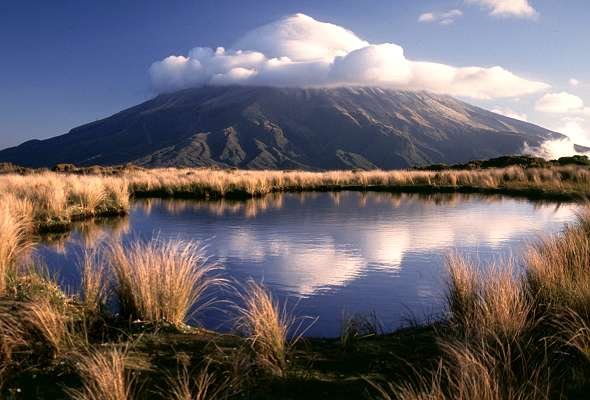1. 90% of MA's population live in onl 25% of the land area (similar to NZ)
2. 38% of MA's population live in urban areas (compared to with 86% in NZ)
3. 69% of MA's population live in China and India
4. Bangladesh is the most densely populated country on earth with 950 people per square kilometre
5. Tokyo is the most populated city in the world with 27 million people
these can be explained by looking at the population density in MA and the cultural and natural factors that contribute to these population patterns.
Mapping of MA's population density, when you click on the picture you would be able to view the world population density as well.

In Monsoon Asia it is sparsly populated in mountain areas located near/in China because there are less low-lands therefore less areas for people to grow plants or breed cattle. Also in deserts it is sparsly populated because it is dry and there are no water supplies for the soil to be fertile enough to produce crops.
Therefore it is dense in places such as river areas because it is easier to retrieve water to grow plants. Also it is dense in Coastal areas because it is more accessible to the ocean for food and trapnsort to other countries.














